Freddie Mac 2014 Annual Report Download - page 63
Download and view the complete annual report
Please find page 63 of the 2014 Freddie Mac annual report below. You can navigate through the pages in the report by either clicking on the pages listed below, or by using the keyword search tool below to find specific information within the annual report.-
 1
1 -
 2
2 -
 3
3 -
 4
4 -
 5
5 -
 6
6 -
 7
7 -
 8
8 -
 9
9 -
 10
10 -
 11
11 -
 12
12 -
 13
13 -
 14
14 -
 15
15 -
 16
16 -
 17
17 -
 18
18 -
 19
19 -
 20
20 -
 21
21 -
 22
22 -
 23
23 -
 24
24 -
 25
25 -
 26
26 -
 27
27 -
 28
28 -
 29
29 -
 30
30 -
 31
31 -
 32
32 -
 33
33 -
 34
34 -
 35
35 -
 36
36 -
 37
37 -
 38
38 -
 39
39 -
 40
40 -
 41
41 -
 42
42 -
 43
43 -
 44
44 -
 45
45 -
 46
46 -
 47
47 -
 48
48 -
 49
49 -
 50
50 -
 51
51 -
 52
52 -
 53
53 -
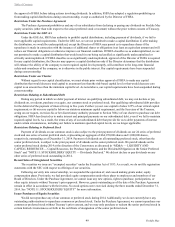 54
54 -
 55
55 -
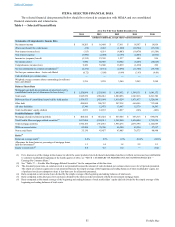 56
56 -
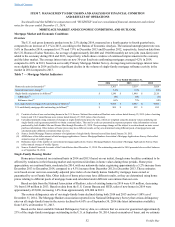 57
57 -
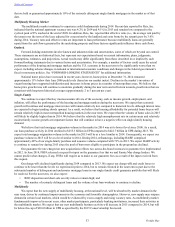 58
58 -
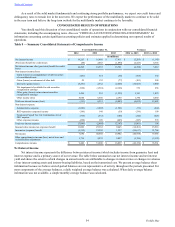 59
59 -
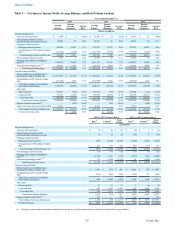 60
60 -
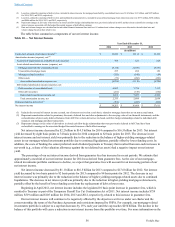 61
61 -
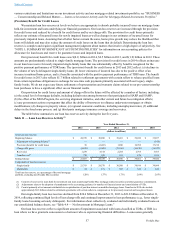 62
62 -
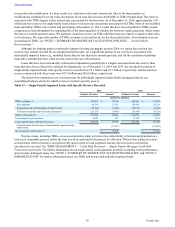 63
63 -
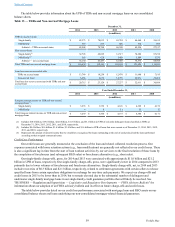 64
64 -
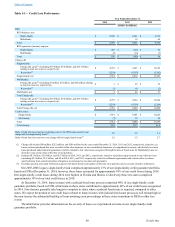 65
65 -
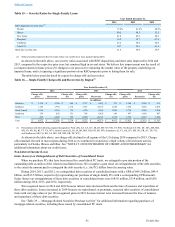 66
66 -
 67
67 -
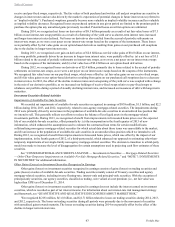 68
68 -
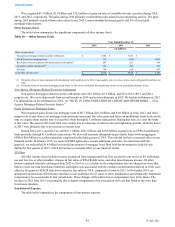 69
69 -
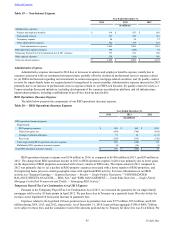 70
70 -
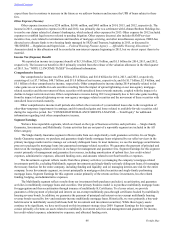 71
71 -
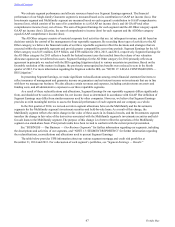 72
72 -
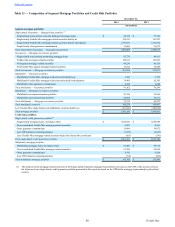 73
73 -
 74
74 -
 75
75 -
 76
76 -
 77
77 -
 78
78 -
 79
79 -
 80
80 -
 81
81 -
 82
82 -
 83
83 -
 84
84 -
 85
85 -
 86
86 -
 87
87 -
 88
88 -
 89
89 -
 90
90 -
 91
91 -
 92
92 -
 93
93 -
 94
94 -
 95
95 -
 96
96 -
 97
97 -
 98
98 -
 99
99 -
 100
100 -
 101
101 -
 102
102 -
 103
103 -
 104
104 -
 105
105 -
 106
106 -
 107
107 -
 108
108 -
 109
109 -
 110
110 -
 111
111 -
 112
112 -
 113
113 -
 114
114 -
 115
115 -
 116
116 -
 117
117 -
 118
118 -
 119
119 -
 120
120 -
 121
121 -
 122
122 -
 123
123 -
 124
124 -
 125
125 -
 126
126 -
 127
127 -
 128
128 -
 129
129 -
 130
130 -
 131
131 -
 132
132 -
 133
133 -
 134
134 -
 135
135 -
 136
136 -
 137
137 -
 138
138 -
 139
139 -
 140
140 -
 141
141 -
 142
142 -
 143
143 -
 144
144 -
 145
145 -
 146
146 -
 147
147 -
 148
148 -
 149
149 -
 150
150 -
 151
151 -
 152
152 -
 153
153 -
 154
154 -
 155
155 -
 156
156 -
 157
157 -
 158
158 -
 159
159 -
 160
160 -
 161
161 -
 162
162 -
 163
163 -
 164
164 -
 165
165 -
 166
166 -
 167
167 -
 168
168 -
 169
169 -
 170
170 -
 171
171 -
 172
172 -
 173
173 -
 174
174 -
 175
175 -
 176
176 -
 177
177 -
 178
178 -
 179
179 -
 180
180 -
 181
181 -
 182
182 -
 183
183 -
 184
184 -
 185
185 -
 186
186 -
 187
187 -
 188
188 -
 189
189 -
 190
190 -
 191
191 -
 192
192 -
 193
193 -
 194
194 -
 195
195 -
 196
196 -
 197
197 -
 198
198 -
 199
199 -
 200
200 -
 201
201 -
 202
202 -
 203
203 -
 204
204 -
 205
205 -
 206
206 -
 207
207 -
 208
208 -
 209
209 -
 210
210 -
 211
211 -
 212
212 -
 213
213 -
 214
214 -
 215
215 -
 216
216 -
 217
217 -
 218
218 -
 219
219 -
 220
220 -
 221
221 -
 222
222 -
 223
223 -
 224
224 -
 225
225 -
 226
226 -
 227
227 -
 228
228 -
 229
229 -
 230
230 -
 231
231 -
 232
232 -
 233
233 -
 234
234 -
 235
235 -
 236
236 -
 237
237 -
 238
238 -
 239
239 -
 240
240 -
 241
241 -
 242
242 -
 243
243 -
 244
244 -
 245
245 -
 246
246 -
 247
247 -
 248
248 -
 249
249 -
 250
250 -
 251
251 -
 252
252 -
 253
253 -
 254
254 -
 255
255 -
 256
256 -
 257
257 -
 258
258 -
 259
259 -
 260
260 -
 261
261 -
 262
262 -
 263
263 -
 264
264 -
 265
265 -
 266
266 -
 267
267 -
 268
268 -
 269
269 -
 270
270 -
 271
271 -
 272
272 -
 273
273 -
 274
274 -
 275
275 -
 276
276 -
 277
277 -
 278
278 -
 279
279 -
 280
280 -
 281
281 -
 282
282 -
 283
283 -
 284
284 -
 285
285 -
 286
286 -
 287
287 -
 288
288 -
 289
289 -
 290
290 -
 291
291 -
 292
292 -
 293
293 -
 294
294 -
 295
295 -
 296
296 -
 297
297 -
 298
298 -
 299
299 -
 300
300 -
 301
301 -
 302
302 -
 303
303 -
 304
304 -
 305
305 -
 306
306 -
 307
307 -
 308
308 -
 309
309 -
 310
310 -
 311
311 -
 312
312 -
 313
313 -
 314
314 -
 315
315 -
 316
316 -
 317
317 -
 318
318 -
 319
319 -
 320
320 -
 321
321 -
 322
322 -
 323
323 -
 324
324 -
 325
325 -
 326
326 -
 327
327 -
 328
328 -
 329
329 -
 330
330
 |
 |

58 Freddie Mac
occurs when the modification of a loan results in a reduction in the loan's interest rate. Due to the large number of
modifications completed in recent years, the portion of our loan loss reserves attributable to TDRs remains high. The reserves
associated with TDRs largely reflect interest rate concessions for the borrower. As of December 31, 2014, approximately 51%
of the loan loss reserves for single-family loans relates to interest rate concessions associated with TDRs. Most of our modified
loans (including TDRs) were current and performing at December 31, 2014. Loans that have been classified as TDRs remain
categorized as such throughout the remaining life of the loan regardless of whether the borrower makes payments which return
the loan to a current payment status. We maintain a loan loss reserve on TDRs until the loans are repaid or complete short sales
or foreclosures. We expect the number of TDRs to remain at elevated levels for the foreseeable future. For information on our
accounting for TDRs, see "NOTE 1: SUMMARY OF SIGNIFICANT ACCOUNTING POLICIES — Troubled Debt
Restructurings."
Although the housing market continued to improve in many geographic areas in 2014, we expect that our loan loss
reserves may remain elevated for an extended period because: (a) a significant portion of our reserves is associated with
individually impaired loans (e.g., modified loans) that are less than three months past due; and (b) the resolution of problem
loans takes considerable time, often several years in the case of foreclosure.
Loans that have been individually evaluated for impairment generally have a higher associated loan loss reserve than
loans that have been collectively evaluated for impairment. As of December 31, 2014 and 2013, the recorded investment of
single-family impaired loans with specific reserves recorded was 95.1 billion and 93.7 billion, respectively, and the loan loss
reserves associated with these loans were $17.8 billion and $18.6 billion, respectively.
The table below summarizes our net investment for individually impaired single-family mortgage loans on our
consolidated balance sheets for which we have recorded a specific reserve.
Table 12 — Single-Family Impaired Loans with Specific Reserve Recorded
2014 2013
Number of Loans Amount Number of Loans Amount
(dollars in millions)
TDRs, at January 1, 514,497 $ 92,505 449,145 $ 83,484
New additions 84,334 12,581 129,428 20,234
Repayments and reclassifications to held-for-sale (33,104) (6,218) (29,877) (5,074)
Foreclosure transfers and foreclosure alternatives (26,137) (4,467) (34,199) (6,139)
TDRs, at December 31, 539,590 94,401 514,497 92,505
Loans impaired upon purchase 9,949 741 13,790 1,195
Total impaired loans with specific reserve 549,539 95,142 528,287 93,700
Total allowance for loan losses of individually impaired single-
family loans (17,837) (18,554)
Net investment, at December 31, $ 77,305 $ 75,146
We place loans, including TDRs, on non-accrual status when we believe the collectability of interest and principal on a
loan is not reasonably assured, unless the loan is well secured and in the process of collection. When a loan is placed on non-
accrual status, interest income is recognized only upon receipt of cash payments and any interest income accrued but
uncollected is reversed. See “RISK MANAGEMENT — Credit Risk Overview — Single-Family Mortgage Credit Risk
Framework and Profile” for further information on our single-family credit guarantee portfolio, including credit performance,
and seriously delinquent loans. See “NOTE 1: SUMMARY OF SIGNIFICANT ACCOUNTING POLICIES” and “NOTE 5:
IMPAIRED LOANS” for further information about our TDRs and non-accrual and other impaired loans.
Table of Contents
